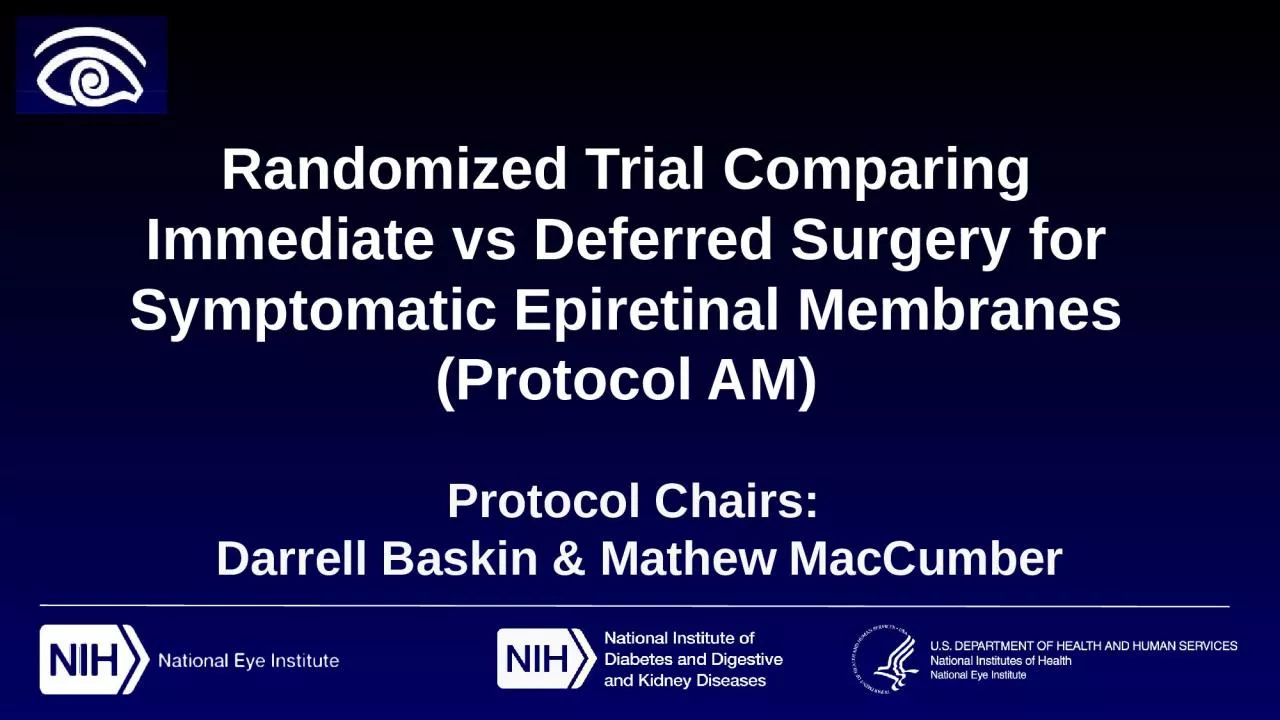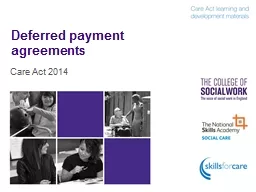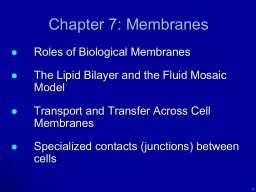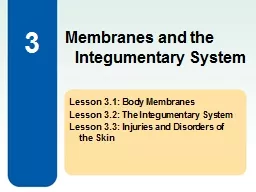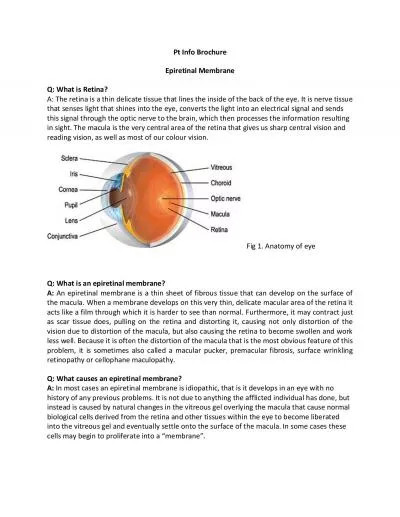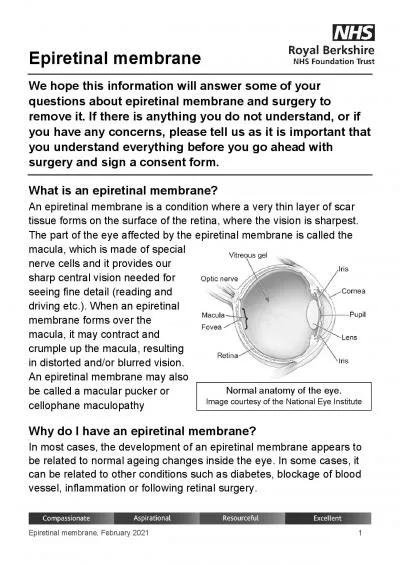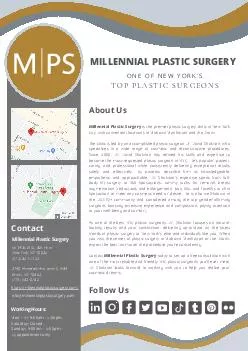PPT-Randomized Trial Comparing Immediate vs Deferred Surgery for Symptomatic Epiretinal Membranes
Author : alis | Published Date : 2023-07-18
Protocol Chairs Darrell Baskin amp Mathew MacCumber Background Although vitrectomy with ERM peeling has a high success rate some patients experience less than optimal
Presentation Embed Code
Download Presentation
Download Presentation The PPT/PDF document "Randomized Trial Comparing Immediate vs ..." is the property of its rightful owner. Permission is granted to download and print the materials on this website for personal, non-commercial use only, and to display it on your personal computer provided you do not modify the materials and that you retain all copyright notices contained in the materials. By downloading content from our website, you accept the terms of this agreement.
Randomized Trial Comparing Immediate vs Deferred Surgery for Symptomatic Epiretinal Membranes: Transcript
Download Rules Of Document
"Randomized Trial Comparing Immediate vs Deferred Surgery for Symptomatic Epiretinal Membranes"The content belongs to its owner. You may download and print it for personal use, without modification, and keep all copyright notices. By downloading, you agree to these terms.
Related Documents

